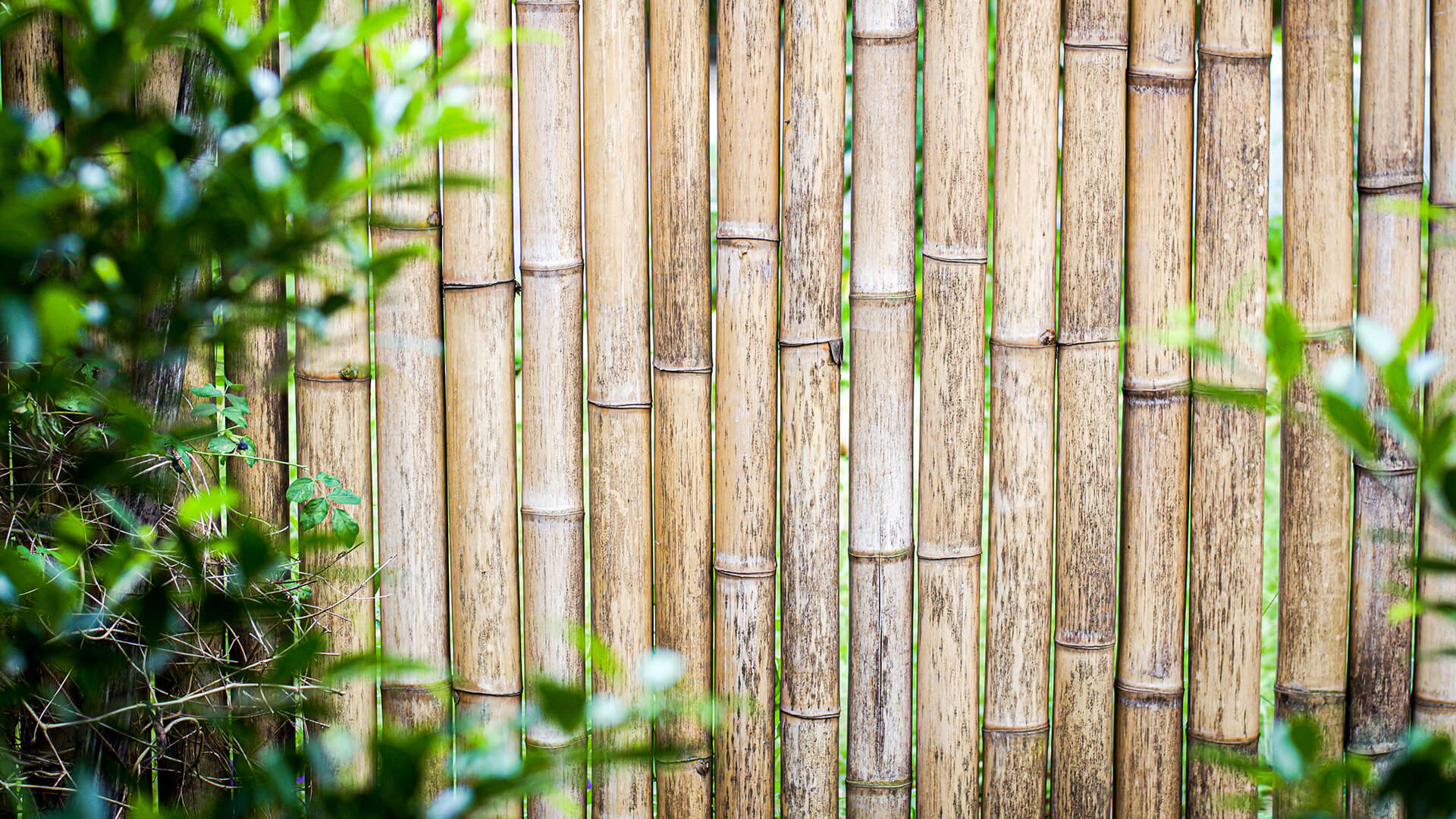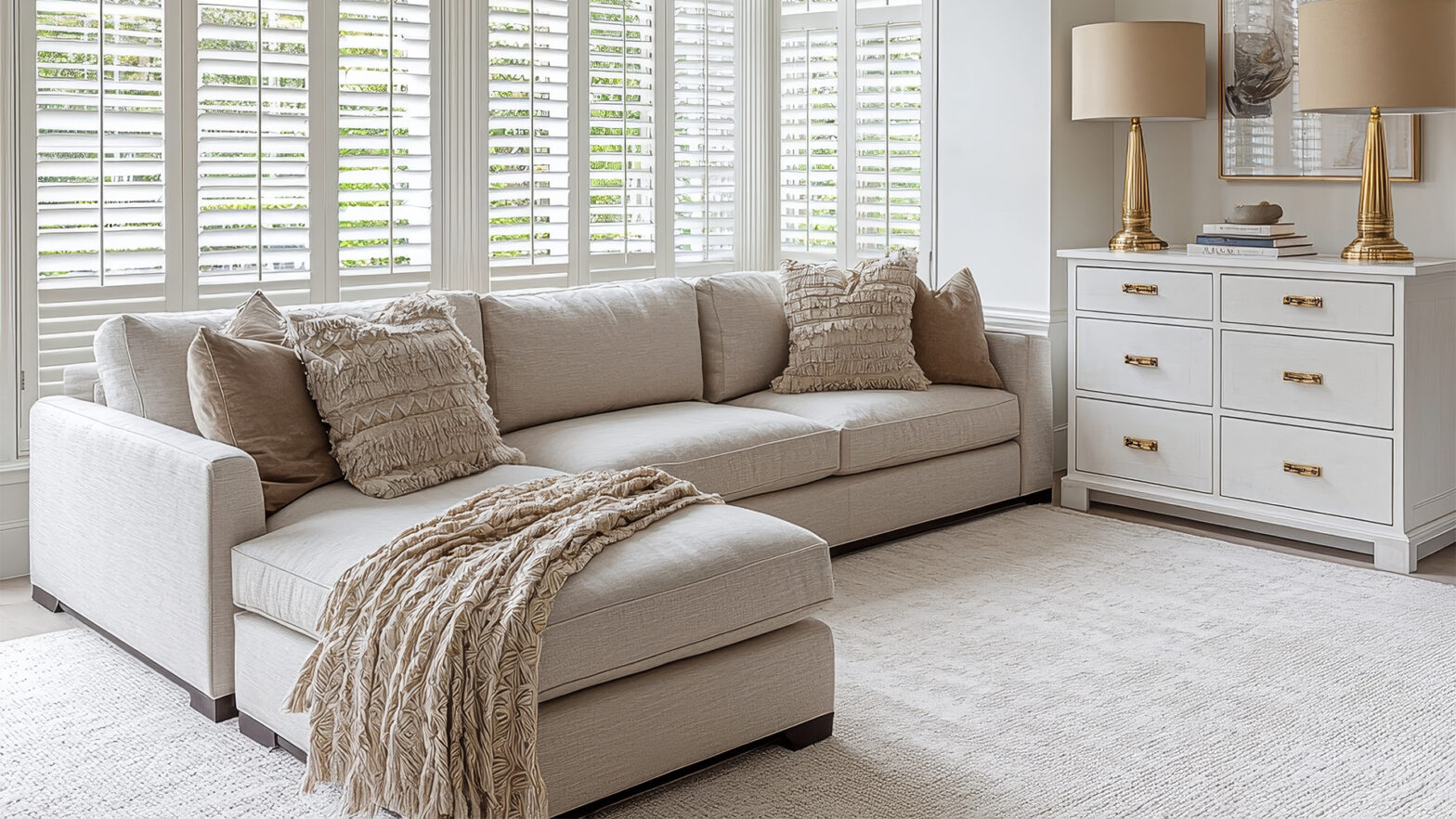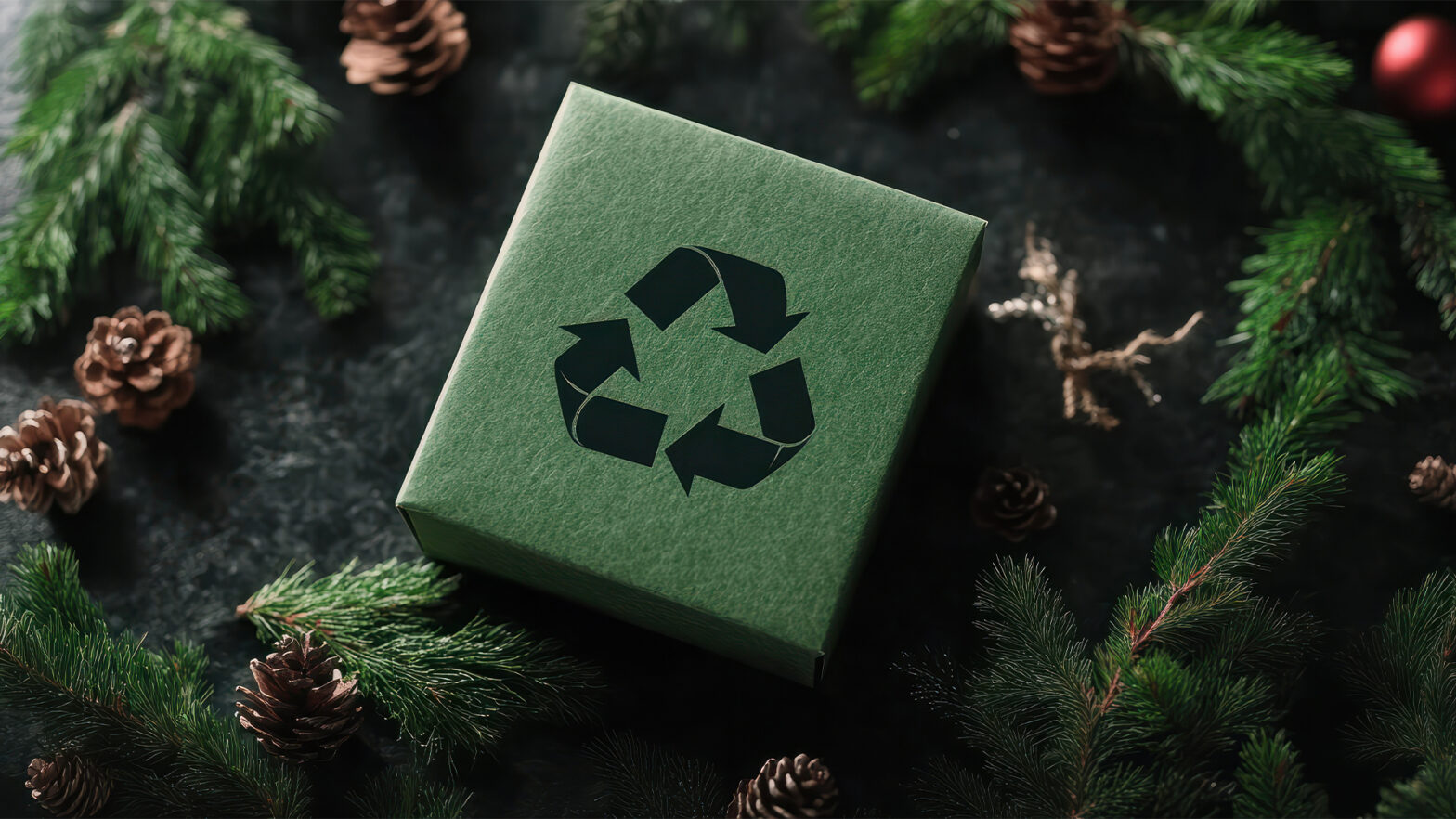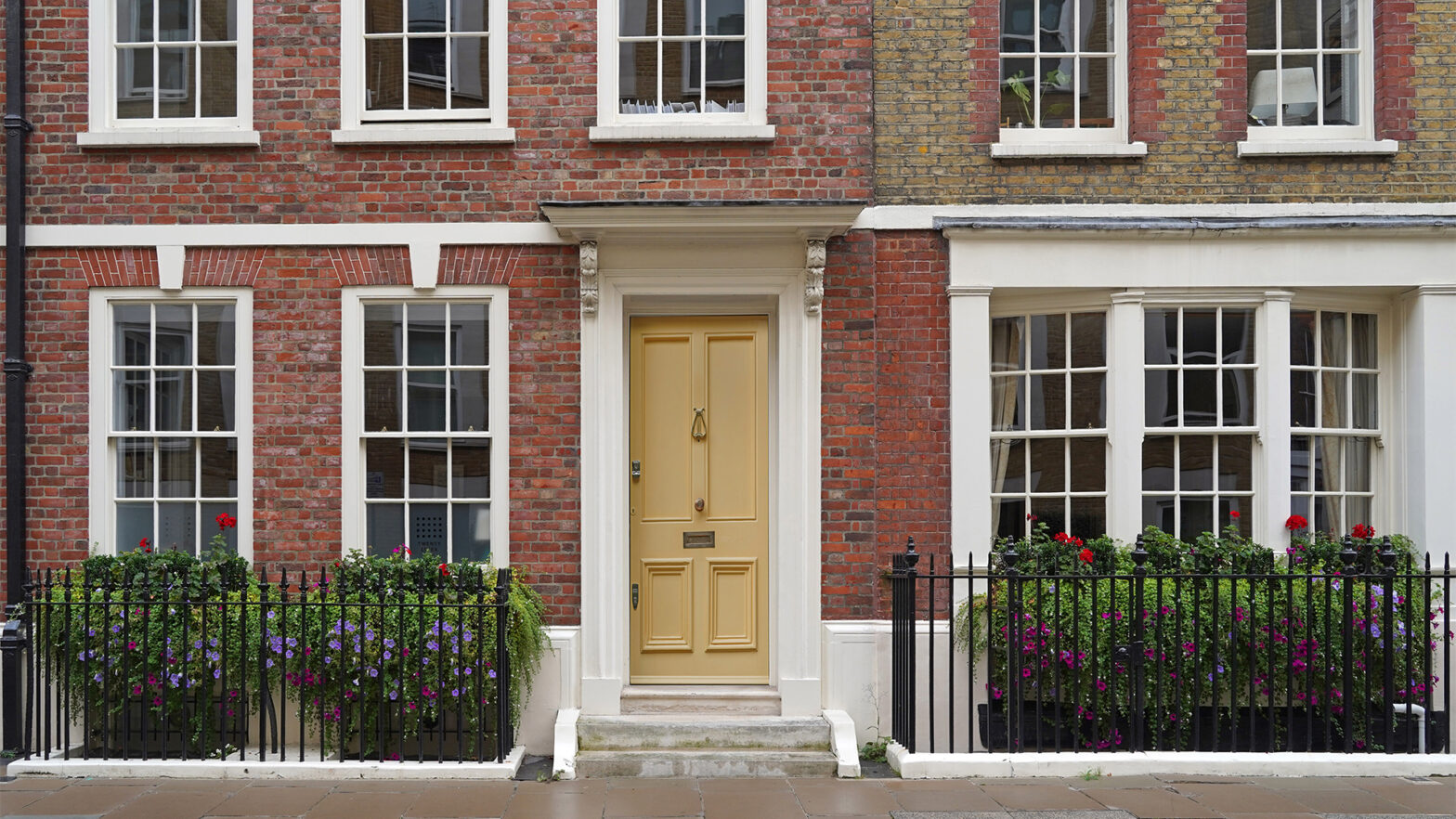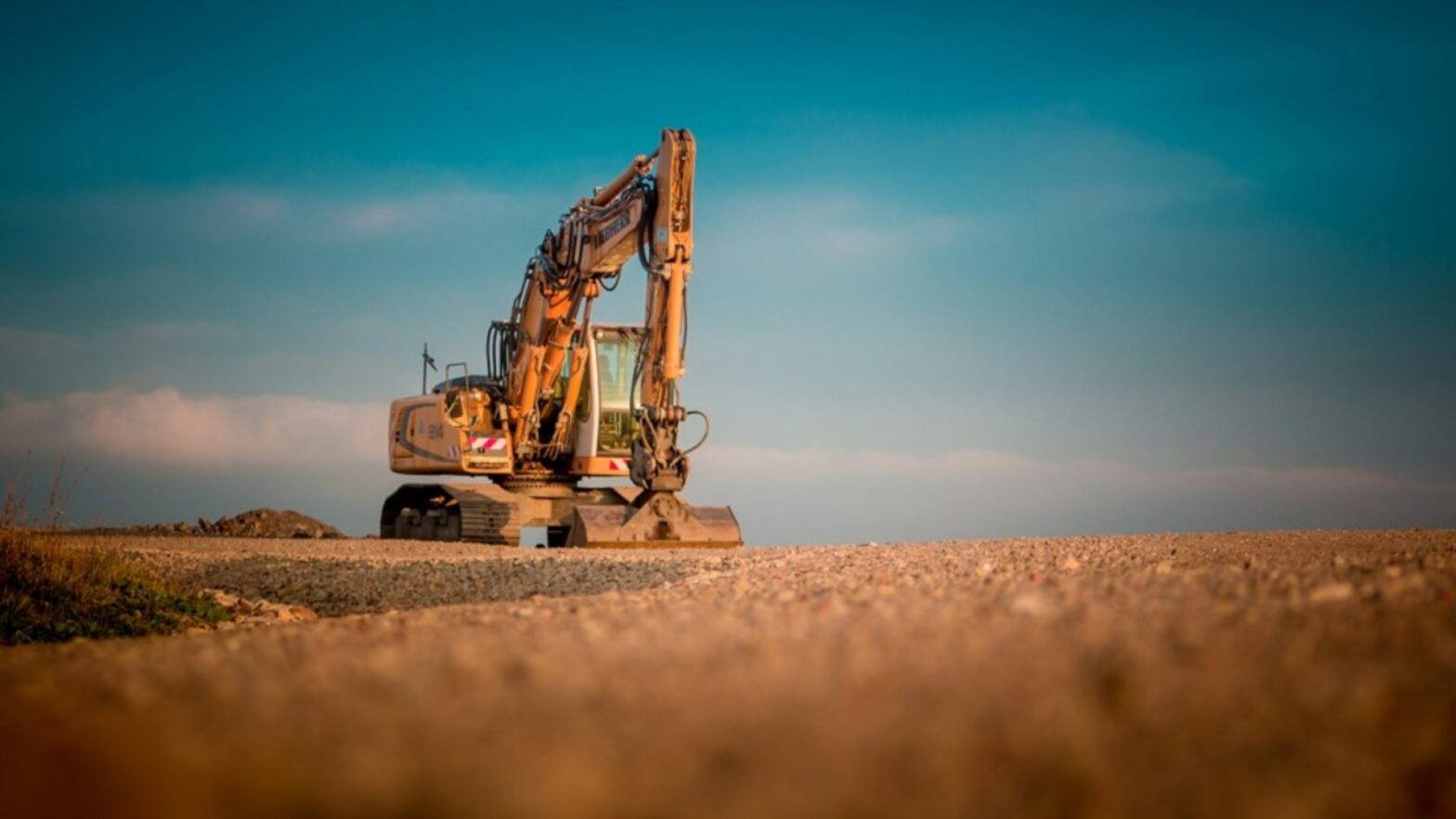Carbon footprints and environmental impact are more important to consumers than ever before. People want to know how to complete their construction projects, such as residential and commercial buildings, without increasing their pollution.
The construction industry traditionally used supplies that were not environmentally conscious, but that’s all changed. Now people use these eco-friendly and green building materials for construction in many different sectors, whether it be for specific residential projects or commercial remodeling plans. They won’t strain the planet’s natural resources to produce the same high-quality projects.
Find Sustainable Bamboo
Wood is a natural resource that occasionally slips under sustainable radars. Even when trees come from non-critical geographic locations, they still take decades to replace. During that time, the atmosphere suffers because they aren’t balancing carbon dioxide emissions.
In the last 60 years, atmospheric CO2 rose 100 times faster than any previous natural events that contributed carbon dioxide. Waiting decades for trees to grow back into forests isn’t a time-sensitive solution to the pressing problem of climate change.
Instead, find bamboo materials for your construction project. It’s durable, sustainable wood because it only takes three to five years to grow back to full maturity. It also requires little irrigation during growth and balances the CO2 and oxygen around it as soon as it sprouts.
Use Reclaimed Wood
Reclaimed wood comes from buildings and other wood materials that aren’t in use anymore. It can have a textured, aged appearance that matches many interior design trends. Apply a quick stain and it looks like brand new wood.
At the same time, it may be too weathered or aged for specific projects. Healthcare buildings like offices and hospitals have to abide by specific requirements to avoid indoor pollutants or irritants. Healthcare flooring also has to meet the highest environmental standards by passing certification inspections.
Suppose you want to use reclaimed wood in a doctor’s office or hospital. In that case, it will have to get a Health Product Declaration and Floor score, along with other location-specific certifications.
Precast All Concrete Slabs
The best green building materials consider their environmental impact long after you need them. Concrete foundations, walls and floors will stand even after property eviction or closure. When poured and treated correctly, concrete lasts 80 to 100 years before it begins to break down. That’s decades for water runoff and ground coverage that erodes the soil and plant life nearby.
Although there’s no sustainable alternative to concrete, there are a few ways to turn it into something greener. The first step can be precasting any necessary concrete slabs. It reduces the energy needed to create and pour the concrete on-site.
They also allow for more holistic design options, saving 19% more energy after residents or businesses move in. These designs conserve heat and power used to operate the building, so consumers automatically use required electricity and natural resources more efficiently.
Investigate Your Options
There are many eco-friendly and green building materials for construction, but you will have to investigate your options to find compatible companies and contractors. Some teams may not have worked with these materials before, while others have focused on energy efficient designs and environmentally friendly efforts for a while. Talk with experts who have the experience to effectively incorporate eco-friendly construction materials into the planning and execution of your upcoming project.












